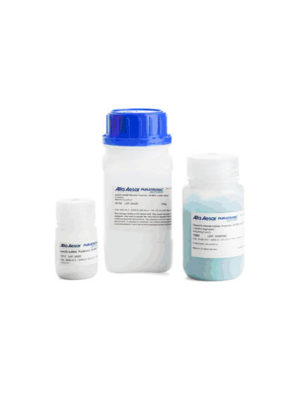Inorganic Cyanates

Inorganic Cyanates
Inorganic cyanate is a salt or ester of cyanic acid containing the group [OCN]– or [NCO]–. It acts as a base in aqueous solution, forming isocyanic acid, HNCO. The cyanate ion is linear and an ambidentate ligand. It can donate the pair of electrons on the nitrogen atom or the oxygen atom, or both. It can also act as a bridging ligand. In N-bonded cyanate complexes the M-NCO unit has a linear structure, but with O-bonded cyanate the M-O-C unit is bent.
Cyanates are produced when cyanides are oxidized. This fact is used in cyanide decontamination processes where oxidants such as permanganate, hypochlorite, and hydrogen peroxide are used to convert toxic cyanide to the safer cyanate. The yellow complex, Rh(PPh3)3(NCO), and orange complex, Rh(PPh3)3(OCN), are linkage isomers and show differences in their infrared spectra which can be used for diagnosis. Inorganic cyanates are used as a basic raw material for various organic syntheses, including, urea derivatives, semicarbazides, carbamates, and isocyanates. They are also used for the heat treatment of metals.


